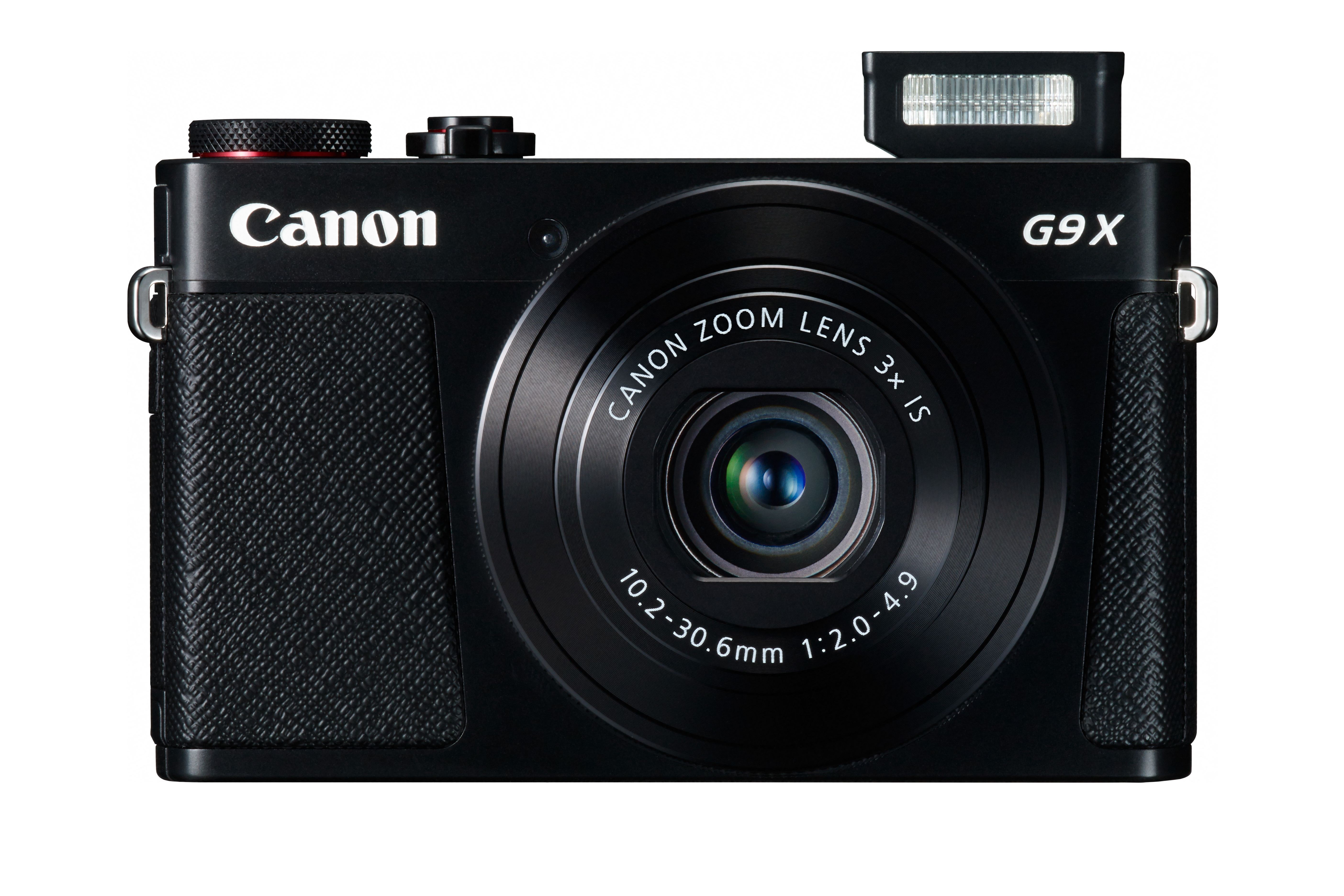You’ve seen how professional photographers from all around the world have gone the extra mile to capture the most stunning sceneries. Here are five essential lessons to help you master the art of landscape photography quickly.
Depth of Field: More isn’t always better
To keep most of the subjects in your frame in focus, many would recommend shooting at an aperture of f/8 and above. Use discretion, especially when your background is cluttered. Shooting with a smaller f-stop can help create a more distinct separation between your subject in focus and its background. This makes your subject stand out more than it would with a larger depth of field.

Canon EOS 6D, EF16-35mm f/4L IS USM, f/4.0, 1/200 secs, ISO 100
If you’re looking to photograph silky smooth water without using a filter, slowing your shutter while using a higher f-stop might just do the trick.

Canon EOS 6D, EF16-35mm f/4L IS USM, f/18, 1.3 sec, ISO 100
Composition Rules All!
Composition is key to landscape photography. While most landscape photographs are taken with a wide angle lens, knowing which element to include in your frame and where to position them will ultimately determine the journey you take your viewers through with your photograph.

Canon EOS 6D, EF24-105mm f/4L IS USM, f/4.0, 1/1600 sec, ISO 100
There are obviously no strict rules in photography — they are merely guidelines. Following them strictly would in turn limit your style of photography. The “rule of thirds” is the most common rule used by beginners in various types of photography, from portraiture to landscape. Others swear by the prestigious Golden Ratio — 1:0.618:1 grid — which when used properly is believed to produce a composition that is perfectly balanced and pleasing to the viewer’s eyes.
Lines can also guide your viewer to focus on the key subject in your frame. From straight lines to leading pathways — work with what you have in the scene and experiment with different compositions before moving on. You might just stumble onto a perspective that others hadn’t thought of before.

Canon EOS 6D, EF16-35mm f/4L IS USM, f/4.0, 1/400 sec, ISO 100
Patience Pays
Doing your homework beforehand certainly helps ensure you’ll be on location at the best time of the day. Don’t know whether to photograph during sunrise or sunset? Search for photographs that have been taken at the location before and choose the best spot. Be sure to also plan your route before heading out.
I personally love shooting landscapes at dusk —particularly an hour or two before sunset. You’ll get to photograph a beautiful scene as the sun sets beneath the horizon, playing with the warm hues of the evening light. Yes, don’t pack up your gear just when it starts to get dark. The show has yet to start!
Shoot RAW
RAW files pack in a lot more information in the shadows and highlights, which means it allows you to edit details in areas that might have been exposed incorrectly. While this does not beat getting it right the first time you photograph it, it does allow for more flexibility when you post-process the images. Coupled with low ISO, you can expect great image quality with minimal digital noise. Someone’s definitely getting a beautiful large print.

Canon EOS 6D, EF16-35mm f/4L IS USM, f/10, 1/640 sec, ISO 100 (before)

Canon EOS 6D, EF16-35mm f/4L IS USM, f/10, 1/640 sec, ISO 100 (after)
Staying Focused
The low-light capabilities of cameras, especially the full-frame models such as the Canon EOS 6D, makes it a joy to photograph interesting night scenes. However, some might find it a challenge to get the focus right when shooting subjects in the dark.
Here’s how you can avoid that: if the subject is near enough, shining a torchlight may help the camera focus better. A better way however, is to switch on the live view on the back of the camera to find the focus. As the sensor in cameras are much more sensitive to light than our eyes are, using the live view function will allow you to focus on your subjects better.

Canon PowerShot G9 X, 10.2-30.6mm, f/4.0, 1/250 sec, ISO 800
All you got to do then, with these tips in mind, is to focus on capturing the right moment and learning to observe the light. Most importantly, enjoy the whole image-making process!
There’s a lot of waiting when it comes to photographing landscapes, but that attention to detail and changes in the environment is what makes you stand out as a better photographer.
All images are shot with EOS 6D; EF16-35mm f/4L IS USM Lens and EF 50mm f/1.2L USM Lens.
Behind-the-scenes image shot on PowerShot G9 X.
 |
EOS 6D (Body) |
 |
PowerShot G9 X |






























_for_Web.png)


